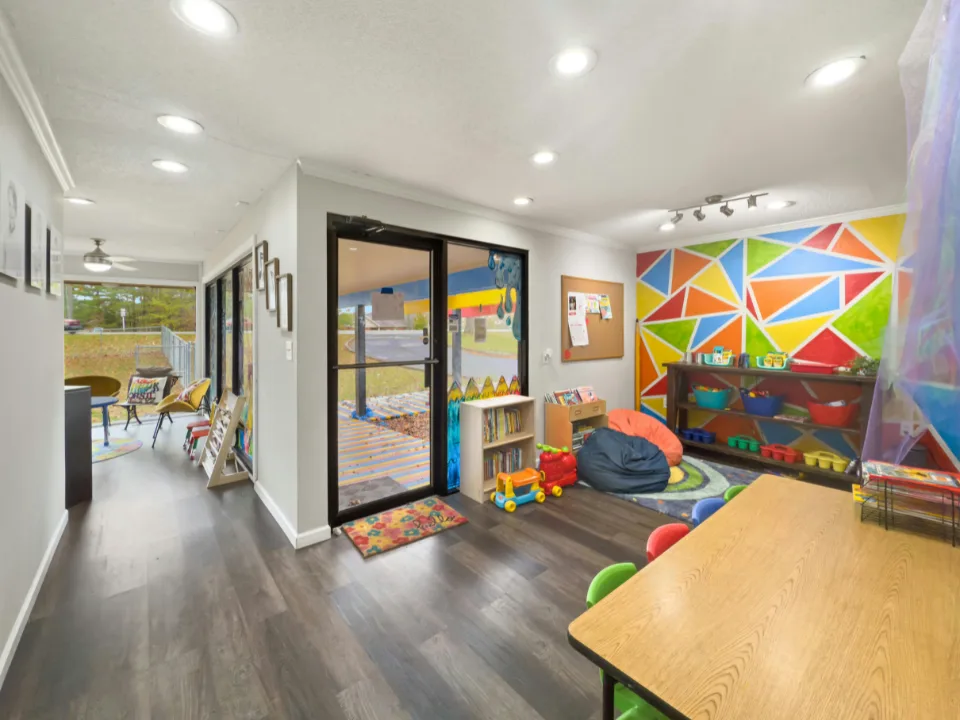- In cities like Denver, Seattle, and San Francisco, families are spending almost as much on daycare as they are on rent—sometimes more.
- The average monthly cost of daycare for one child in Denver is $1,434, about 83% of the typical rent; for two children, daycare exceeds rent by 67%.
- With rents and childcare costs consuming up to half of household income in some markets, many families are delaying career moves or choosing to forgo having children.
- Childcare costs are rising faster than rent in most major metros, highlighting dual affordability crises in housing and childcare.
A Double Burden for Working Families
Rising rents and soaring childcare costs are creating a dual affordability crisis for American families, as reported by Globe St. In some metro areas, families are paying nearly identical amounts for daycare and rent—two of the largest household expenses.
In Denver, for example, daycare for one child costs an average of $1,434 per month, or 83% of the city’s median rent of $1,720. For two children, the cost balloons to $2,867—167% of monthly rent.
Seattle presents a similar picture, with monthly childcare for one child averaging $1,660, which is 80% of typical rent costs. For two children, it jumps to $2,320, or 160% of rent.
Other high-cost metros include San Francisco, Minneapolis, and Baltimore, where daycare costs range from 71% to 78% of local rents. San Francisco holds the distinction of having the highest childcare costs nationwide.
Rising Costs, Shrinking Options
Redfin’s data, based on Department of Labor childcare figures and its own rental market analysis, shows that daycare costs have increased in 17 of the top 20 metro areas year-over-year. The sharpest jumps were seen in Seattle, San Diego, and Boston.
While rent hikes have slowed in some regions, the growing burden of daycare costs continues to squeeze working families. In cities like Philadelphia, which sits near the national median for rent and childcare, families spend about 50% of their income just covering those two essentials.
Get Smarter about what matters in CRE
Stay ahead of trends in commercial real estate with CRE Daily – the free newsletter delivering everything you need to start your day in just 5-minutes
The Bigger Picture
“This is not just a housing affordability crisis—it’s also a childcare affordability crisis,” said Redfin’s Chief Economist Daryl Fairweather. The financial pressure is contributing to workforce exits, especially among women, and leading some couples to delay or forgo having children altogether.
The report underscores how these twin affordability challenges deepen socioeconomic inequality and limit mobility. Fairweather emphasized that expanded access to affordable childcare could provide significant relief to families and improve workforce participation.
What’s Next
As both rent and daycare costs outpace wage growth in many regions, policymakers may face increasing pressure to address affordability through subsidies, tax relief, or expanded public childcare programs. Without intervention, the cost of living crisis could continue to drive demographic and economic shifts in major metro areas.
















